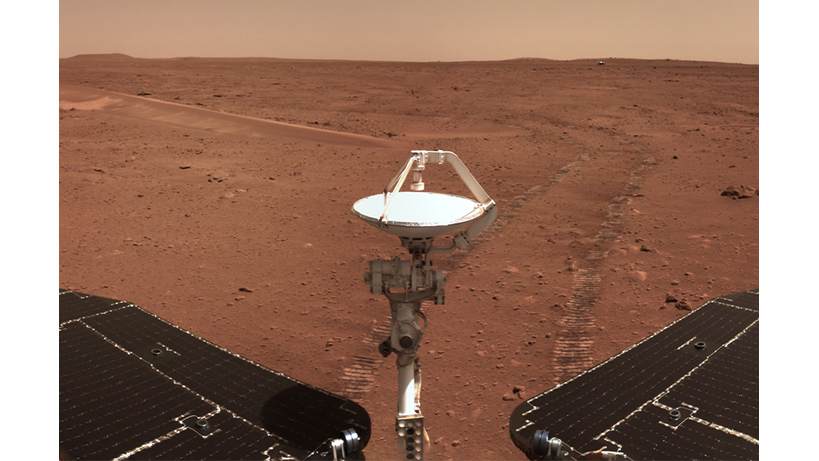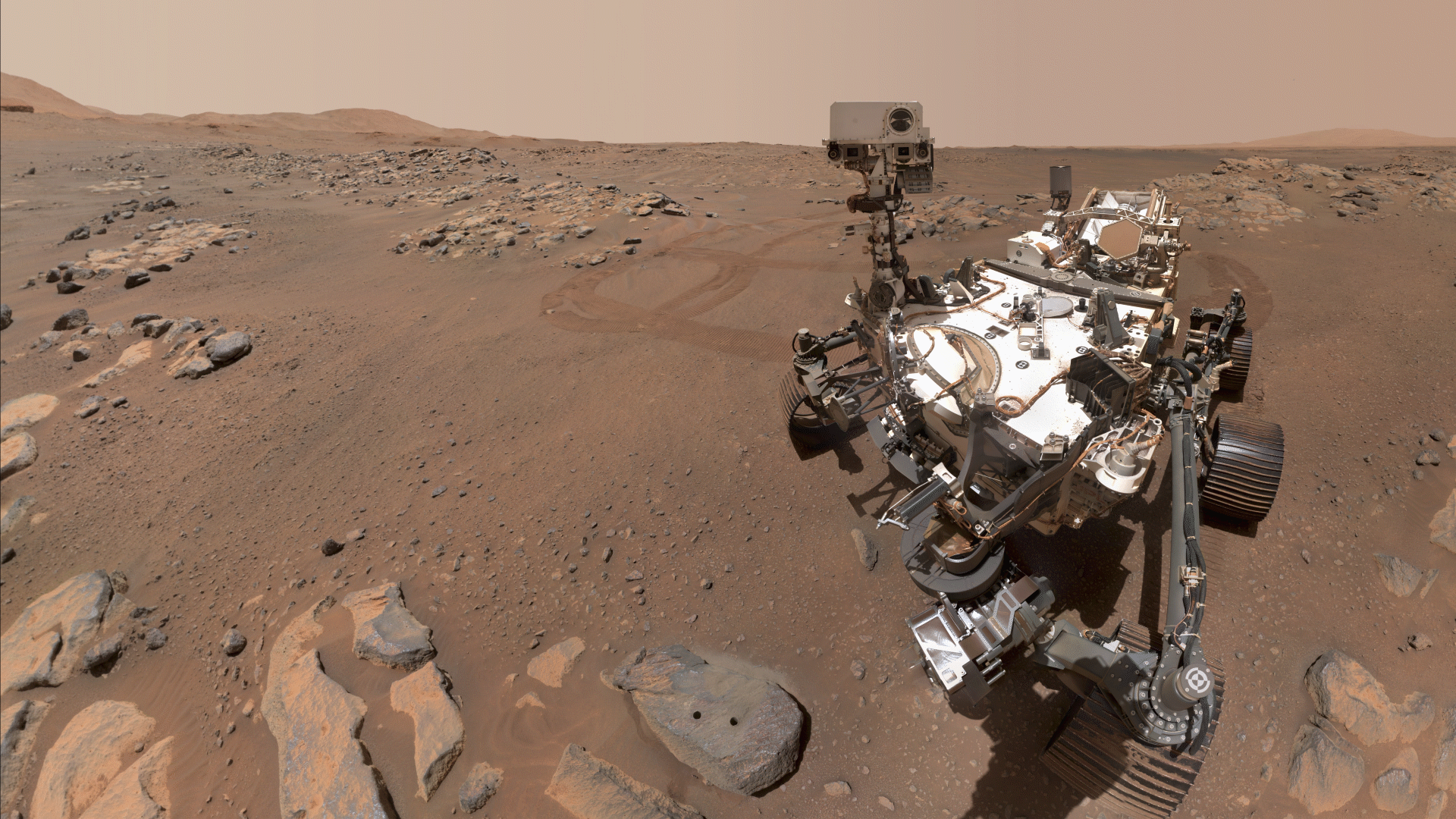It seems that China has moved up its agenda for bringing Mars samples to Earth, and goals to take action earlier than the U.S. achieves this similar objective.
NASA’s Mars pattern return plan, a joint effort with the European Area Company (ESA), continues to be scrutinized. A newly launched technique overview group will advise company management about what to do now and provide suggestions by yr’s finish, or early subsequent yr.
The hoped-for backside line end result is for a fingers-crossed, NASA-blessed blueprint for the Purple Planet, one that provides the best probability of getting Mars samples to Earth earlier than 2040, and doing so for lower than $11 billion.
In the meantime, China is on an earlier flight path to attain what scientists name the “holy grail” of Mars exploration.
Area.com took the heart beat of a number of main Mars researchers for his or her ideas, issues and aspirations in regards to the two sample-return efforts.
Associated: NASA needs new concepts for its troubled Mars Pattern Return mission
China plan
Initially, a little bit of background.
China’s second Worldwide Deep Area Exploration Convention, hosted by the nation’s Deep Area Exploration Laboratory was held in September in Huangshan Metropolis, in Anhui Province.
Throughout that multi-day gathering attended by a whole bunch of worldwide visitors and home specialists, Liu Jizhong, chief designer of the Mars sample-return mission, mentioned that China now plans to launch its Tianwen-3 mission round 2028 — two years sooner than beforehand scheduled — and haul Mars samples to Earth that very same yr.
“It is going to take two launches to hold out the Mars sample-return mission because of the restricted carrying capacities of our present rockets. Two Lengthy March-5 service rockets can be used for the mission,” Liu advised the state-run Xinhua information company in an interview.
Associated: China strikes Mars sample-return launch up 2 years, to 2028
Shoot and ship
The hunt to carry items of Mars to Earth attracts upon China’s lunar sample-return efforts, carried out by two completely different missions — the Chang’e 5 near-side mission in December 2020 and Chang’e 6, which delivered far-side samples to Earth in June of this yr.
Equally, Tianwen 3’s deliberate mission profile includes amassing samples on the Martian floor, launch, rendezvous and docking in Mars orbit, adopted by rocketing the gathered goodies to Earth.
The lander structure parallels that of Chang’e 5 and Chang’e 6, each of which featured a scoop and a drill. Additionally being appraised are mobility aids to retrieve close by samples on the landing zone.
The scientific driver for Tianwen 3 is the seek for indicators of Mars life. Chinese language area specialists say the mission will contain worldwide cooperation, worldwide payloads, sharing of samples and information, and joint planning for future missions.
Associated: Life on Mars: Exploration & proof
Lay of the land
As for candidate Tianwen 3 touchdown spots on the Purple Planet, “engineering constraints don’t respect nationwide boundaries,” mentioned James Head, a number one planetary scientist at Brown College in Rhode Island.
Head underscored China’s profitable Tianwen 1 Mars mission, which delivered an orbiter, lander and rover to the Purple Planet in 2021. This impartial effort carried out a tender touchdown, after which deployed the Zhurong rover to reconnoiter Utopia Planitia, a huge effect basin on that distant world.
“I do not suppose that China has lastly selected the whereabouts of their Mars pattern spot, however my guess could be Utopia,” Head advised Area.com. China has already been there efficiently, he mentioned, and the nation’s scientists due to this fact know the lay of the land, in addition to the realm’s geology.
Associated: China would possibly add a helicopter and 6-legged robotic to Mars sample-return mission

Politics of science
In some methods, China’s foray into Mars pattern return might be considered as a extra political situation than a scientific one.
Scott Hubbard is an adjunct professor within the Division of Aeronautics and Astronautics at Stanford College. He and Mars have a long-term relationship:
Hubbard was NASA’s first-ever Mars program director and the architect of Purple planet missions from the Mars Odyssey orbiter to the Curiosity rover, which remains to be on the prowl on the Purple Planet at Gale Crater.
“If, as has been reported, China efficiently executes even a ‘seize pattern’ at Mars and returns it safely to Earth earlier than the U.S., that may represent a ‘Sputnik Second,'” mentioned Hubbard, referring to the previous Soviet Union’s scientific and political coup in lofting the primary satellite tv for pc into Earth orbit.
A seize pattern, Hubbard added, is materials scooped up by a stationary lander — no matter samples are inside arm’s attain.
“A seize pattern, until the Chinese language had been fortunate, would have much less scientific worth than the fastidiously chosen cores being collected by NASA’s Perseverance rover,” now busily at work on Mars at Jezero Crater, Hubbard mentioned. “However my sense is that the performative and political energy of a ‘China beats U.S.’ headline is much extra necessary to the Folks’s Republic of China.”
Hubbard pointed to the results of NASA’s authentic planning, a 20-year marketing campaign of orbiters, rovers and landers which have produced a wealth of scientific information and new know-how. That effort, he mentioned, additionally resulted within the number of Jezero Crater and close by highlands as a wonderful place to select samples for Earth return and detailed examination.

The present that retains on giving

NASA has dominated the exploration of Mars, mentioned Harry McSween of the College of Tennessee’s Division of Earth and Planetary Sciences, “and after doing a lot planning and energy in Mars pattern return, it might be distressing if the U.S. and our European companions do not carry again the primary samples.”
Getting these long-distance Mars samples into well-instrumented labs right here on Earth is indispensable, mentioned McSween.
“Our expertise with lunar samples returned by Apollo demonstrates that samples can revolutionize our understanding, and they’re the present that retains on giving, as new methods of analyzing supplies may be delivered to bear many many years later,” he mentioned.
“Returning Mars samples is the following big step in planetary exploration. It is difficult and expensive, but additionally inspiring and a fascinating a part of our nationwide posture,” McSween mentioned.
Bridge too far?
Famous Mars professional Chris McKay, of NASA’s Ames Analysis Heart in Silicon Valley, flagged a 2002 method that advocated astrobiology analysis on Mars with what was termed a “groundbreaker” pattern return mission. That proposal featured a easy “Step 1” Mars lander whose solely instruments had been an extendable arm with quite simple sampling gadgets.
“If we had adopted this method, we would [already] have samples from Mars right here on Earth,” McKay mentioned.
“Notice that that is similar to the method that the Chinese language used of their lunar far aspect pattern return,” McKay added. “As a substitute of this easy first step, NASA selected to succeed in for a extra complicated first pattern return that’s, as we now see, a bridge too far. Is it too late to return to a easy Step 1?”
This is the inside track
With regard to China taking a entrance seat on Mars pattern return, that prospect is bittersweet, responded Pascal Lee, a planetary scientist with the SETI Institute in California, in addition to the close by Mars Institute located on the Ames Analysis Heart.
“As a scientist, my ideas are ‘Yay…that is nice! Extra samples from Mars, and sooner the higher!’ However from an area technique standpoint, this could be yet one more wakeup name, if not a blow,” Lee mentioned.
By returning samples from Mars, China would turn into the primary nation to attain the roundtrip voyage between Earth and Mars, Lee identified.
“The following step could be a human mission to Mars. For NASA, there’s extra than simply ‘getting samples again first’ at stake. It goes straight to our capability to steer the exploration of Mars by people, which incorporates returning them safely to Earth,” Lee mentioned.
Hubbard voiced an analogous frustration.
“What ought to exasperate everyone seems to be for the Chinese language to make use of our 20 years and $12 billion of NASA and European Area Company mission data, our printed know-how and peer-reviewed science with a purpose to scoop the free world,” mentioned Hubbard.
“Taxpayers each within the U.S. and Europe ought to be righteously indignant at Congress, NASA and ESA for not appropriating the funds and designing the tasks essential to carry to the unique return date,” Hubbard concluded.





